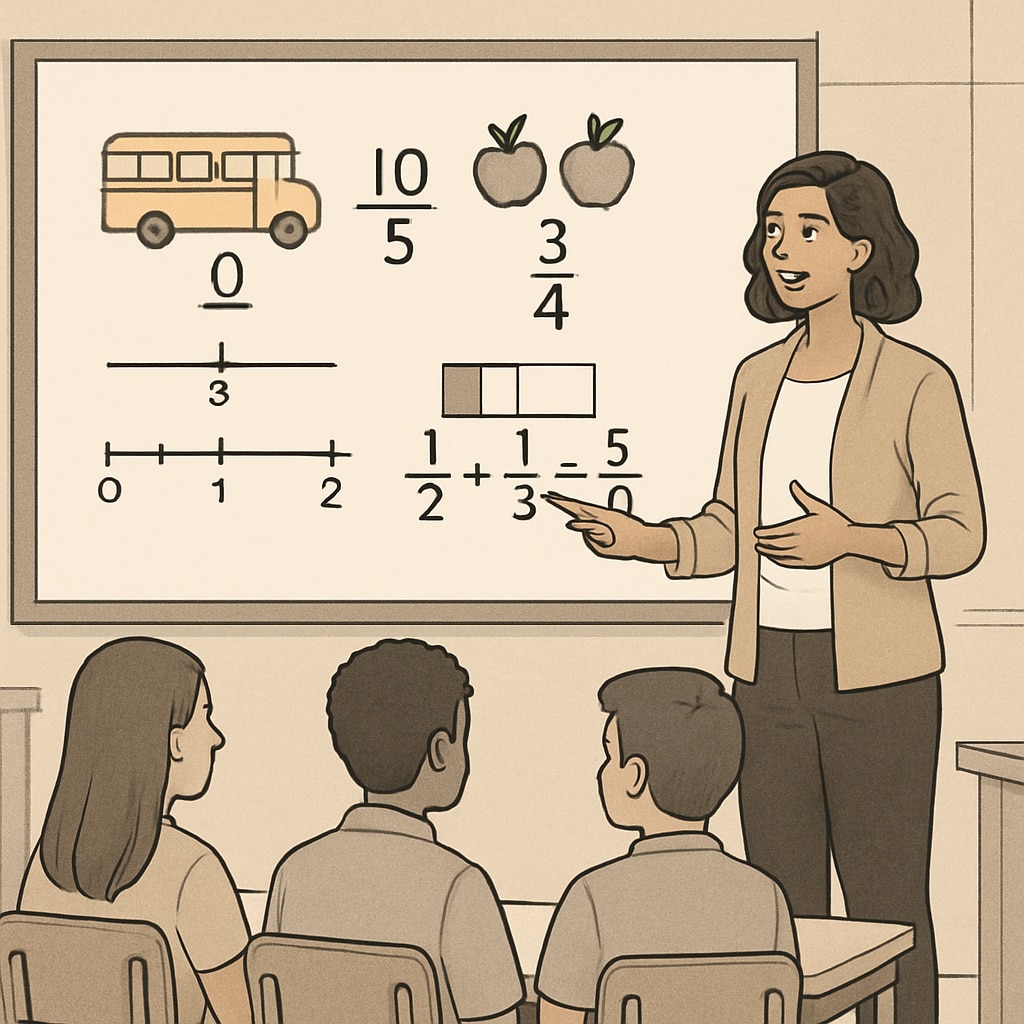When students ask, “Why do we need to study mathematics?” it often reflects underlying concerns about their motivation and the perceived relevance of math in their lives. Addressing this question effectively is one of the most common teaching challenges. To inspire students, parents and educators must go beyond traditional responses and explore strategies that connect mathematics to real-world applications and critical thinking. This article outlines practical approaches to help students discover the value of math in both academic and personal contexts.
Understanding Student Frustration: Why the Question Matters
Many students struggle to see the purpose of studying mathematics, especially when lessons focus heavily on abstract concepts or standardized testing. This frustration often stems from a lack of connection between math and their daily lives. Educators must first acknowledge these feelings and validate their curiosity. By doing so, they create an opportunity to turn skepticism into engagement.
It’s important to recognize that this question—”Why study math?”—is not a challenge to authority but rather an invitation to make learning meaningful. A thoughtful response can help students develop a growth mindset, which is essential for success in both academics and life.

Strategies to Address “Why Study Math?”
There are several strategies educators and parents can use to answer this question effectively. Each approach emphasizes different aspects of math education, student motivation, and its practical importance in everyday life:
- Highlight Real-World Applications: Explain how math is used in careers like engineering, medicine, and even arts and sports. For example, architects use geometry to design buildings, while athletes rely on statistics to improve performance.
- Focus on Problem-Solving Skills: Mathematics trains students to think critically and solve complex problems—skills that are transferable to any profession or life situation.
- Emphasize Personal Growth: Learning math builds discipline, patience, and perseverance. These qualities are as valuable as the subject itself.
- Connect to Technology: Show how math underpins technological advancements, from coding and app development to artificial intelligence and data analysis.
By tailoring responses to a child’s interests, educators can make math feel more relevant and exciting.
How to Foster Long-Term Motivation in Math Education
Building long-term motivation requires a shift in perspective. Instead of viewing math as a set of rules to memorize, students should see it as a tool for exploration and creativity. Here are some ways to achieve this:
- Encourage Hands-On Learning: Use projects or experiments to show math in action. For instance, measuring ingredients for a recipe teaches fractions, while building a model bridges math with engineering.
- Introduce Inspirational Stories: Share the achievements of mathematicians or professionals who use math to solve global challenges, such as climate modeling or medical research.
- Make Learning Collaborative: Group activities and discussions can help students learn from peers and see different perspectives on solving problems.
Additionally, integrating technology and gamified learning tools can make math more interactive and enjoyable. Platforms like Khan Academy or Math Playground offer resources that align with these goals.

Conclusion: Turning Doubts into Opportunities
Responding to the question “Why study mathematics?” is not just about providing an answer—it is about sparking curiosity and showing students the broader purpose of their education. By addressing their doubts with empathy and connecting math to its real-world applications, educators can transform skepticism into enthusiasm. Ultimately, the goal is to demonstrate that math is not just a subject but a way of thinking that empowers students to navigate and understand the world around them.
As Albert Einstein once said, “Pure mathematics is, in its way, the poetry of logical ideas.” Helping students appreciate this poetry can be one of the most rewarding aspects of teaching.
Readability guidance: Use short paragraphs and clear examples. Include transition words like “in addition,” “for example,” and “as a result” to ensure smooth flow. Limit passive voice and incorporate lists to summarize key points.


